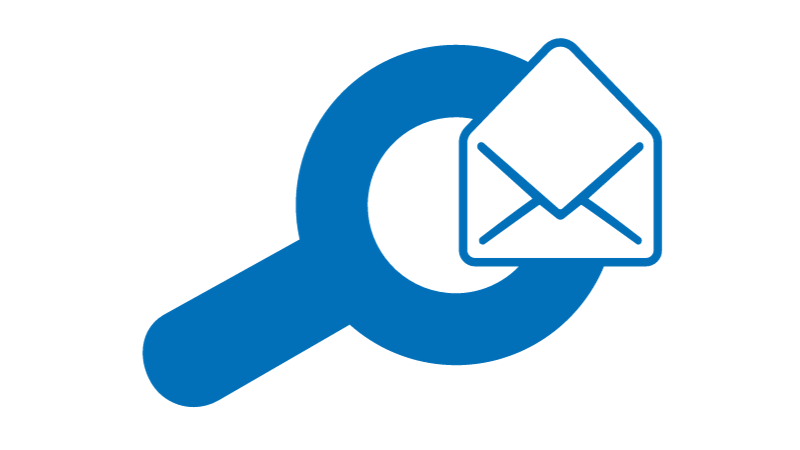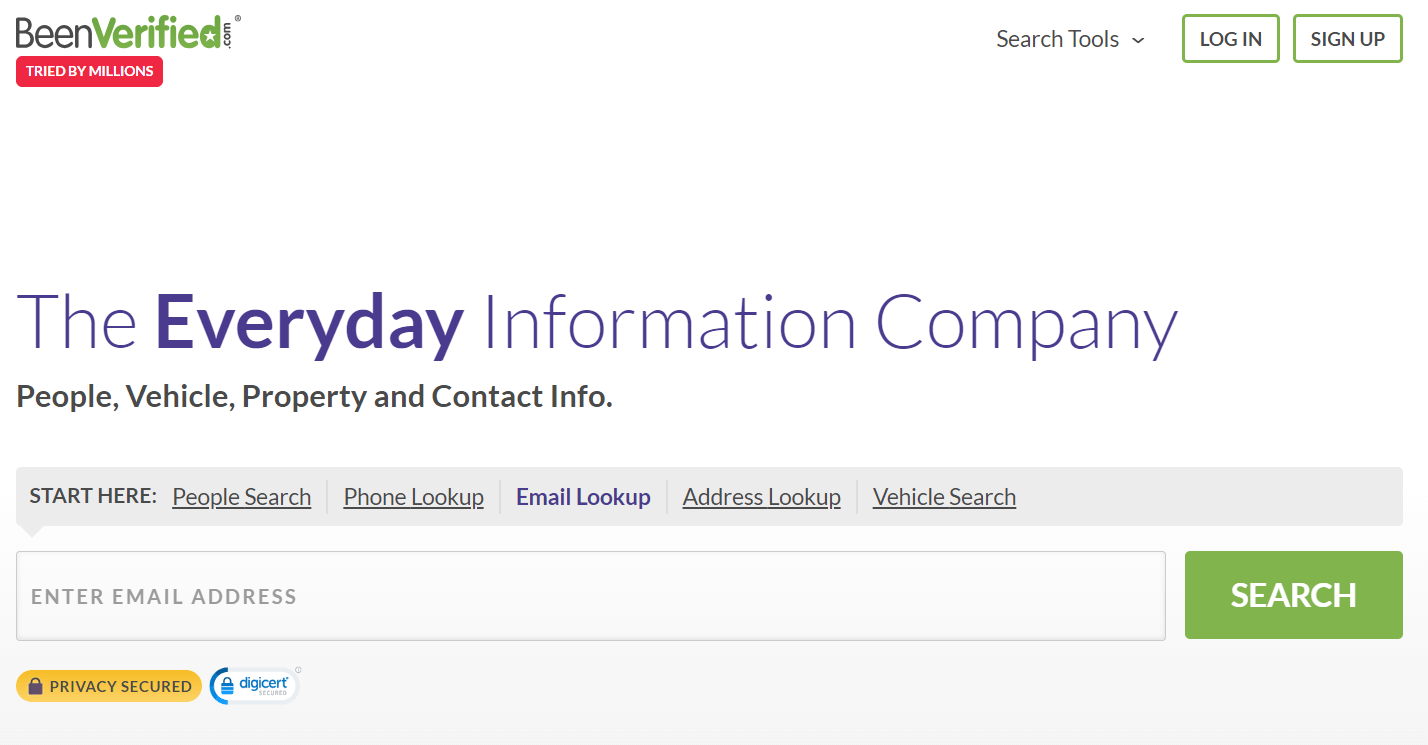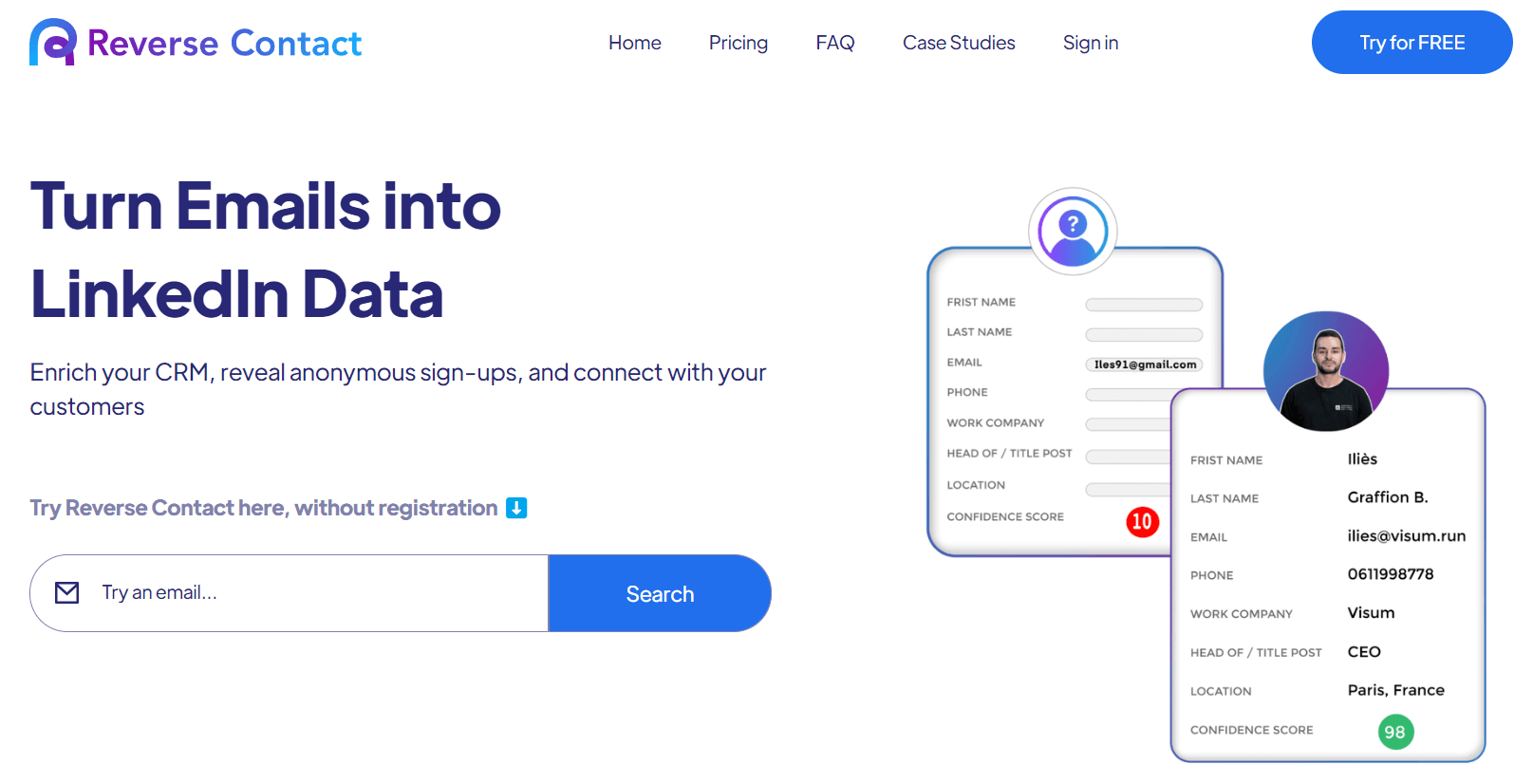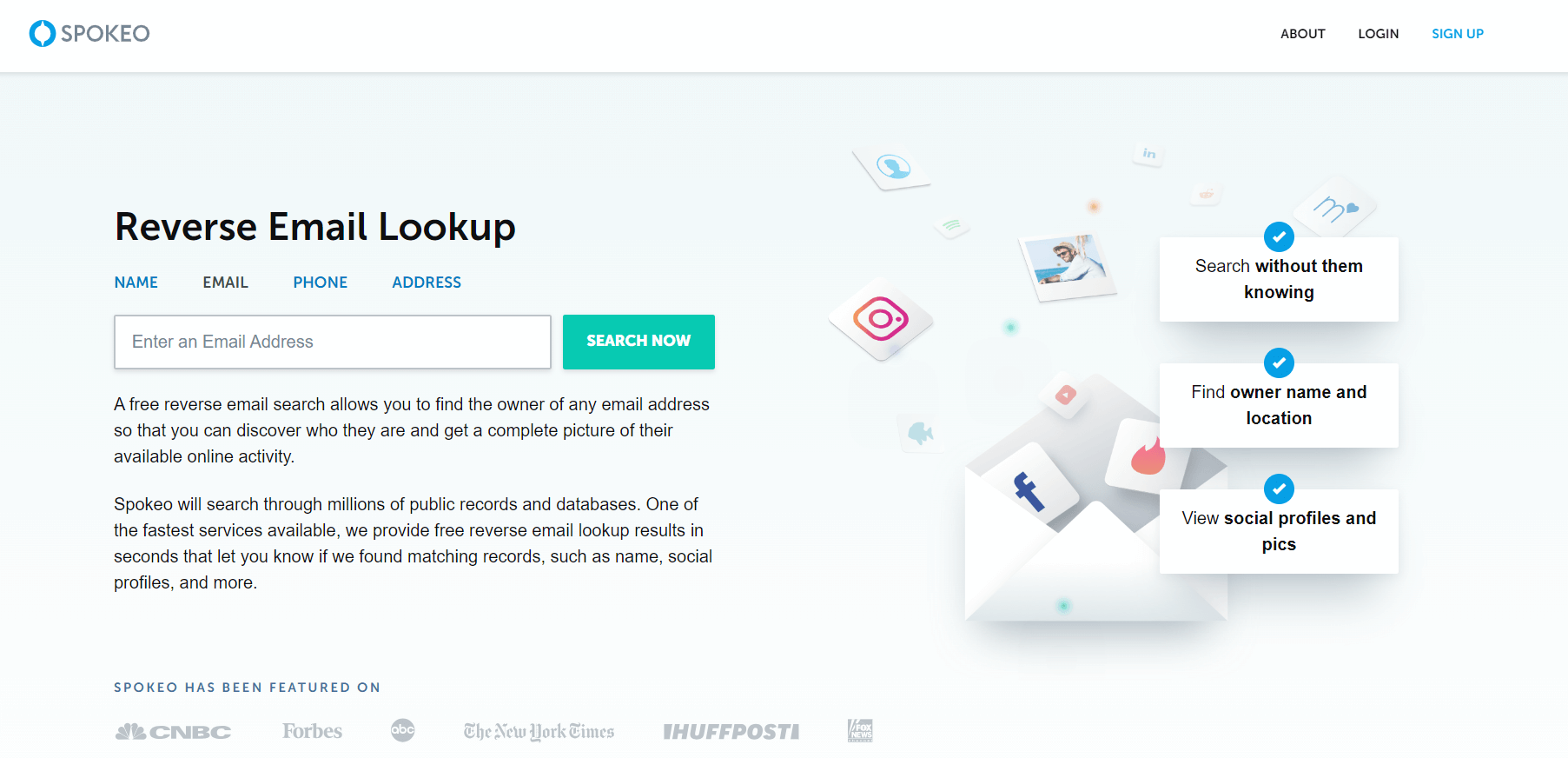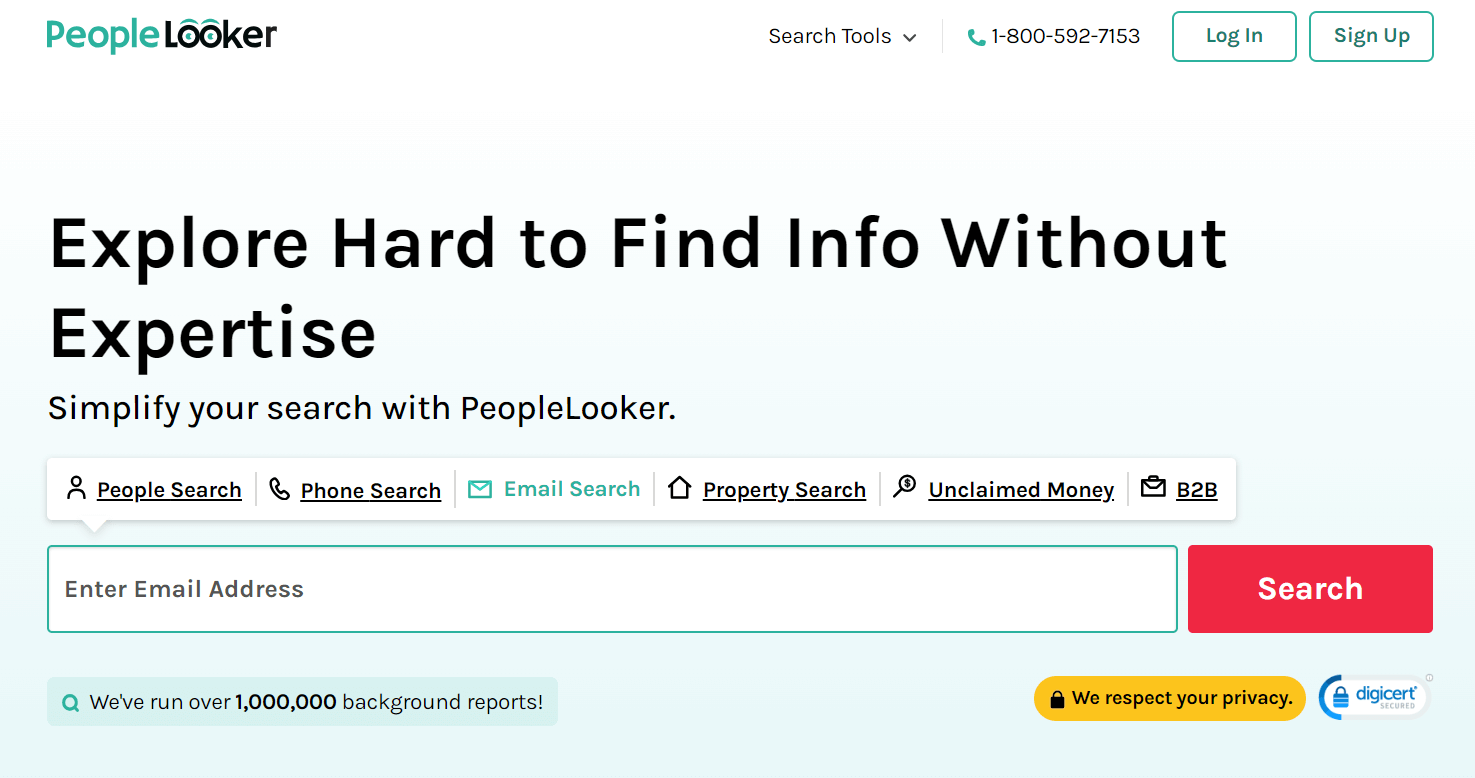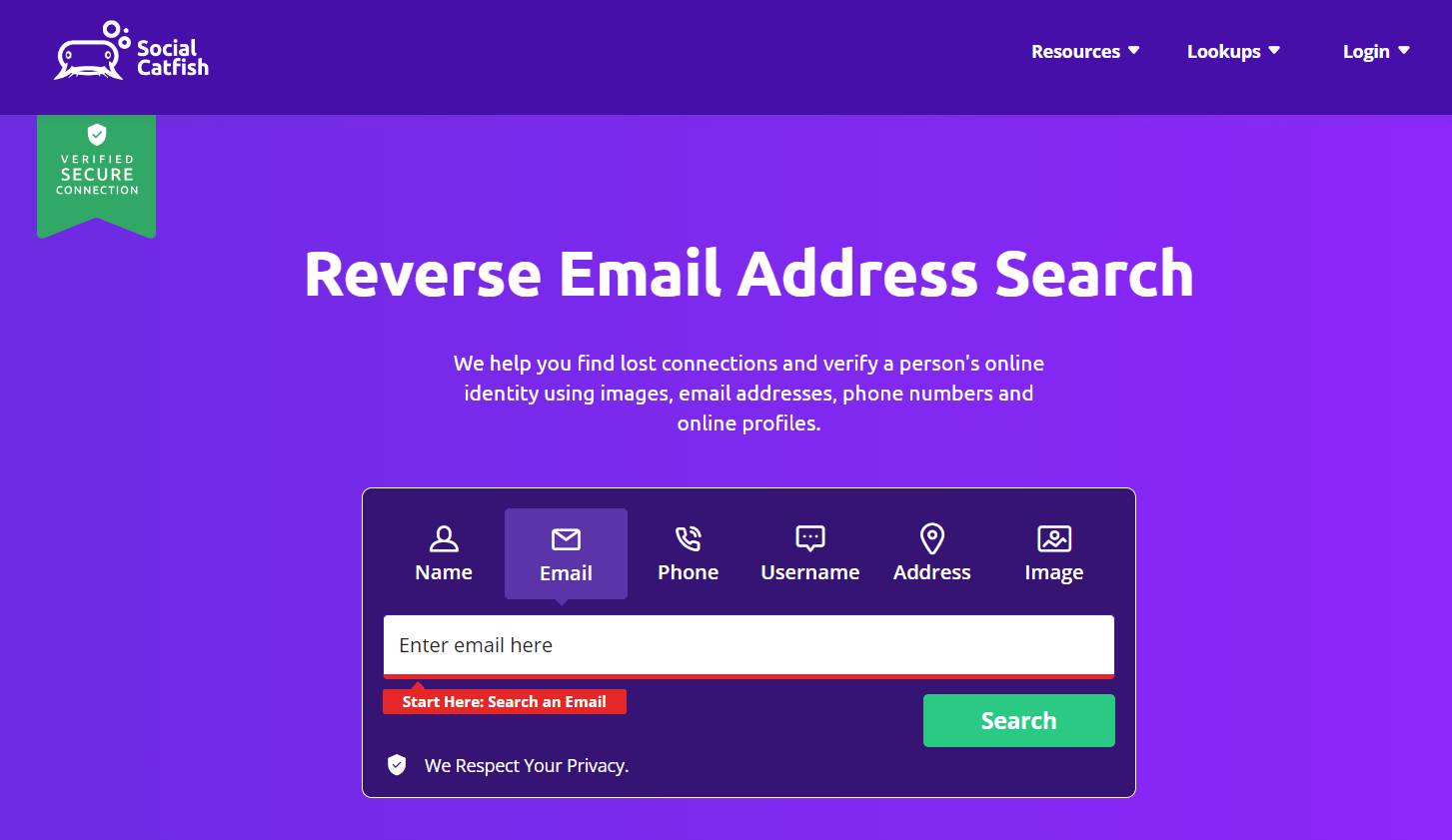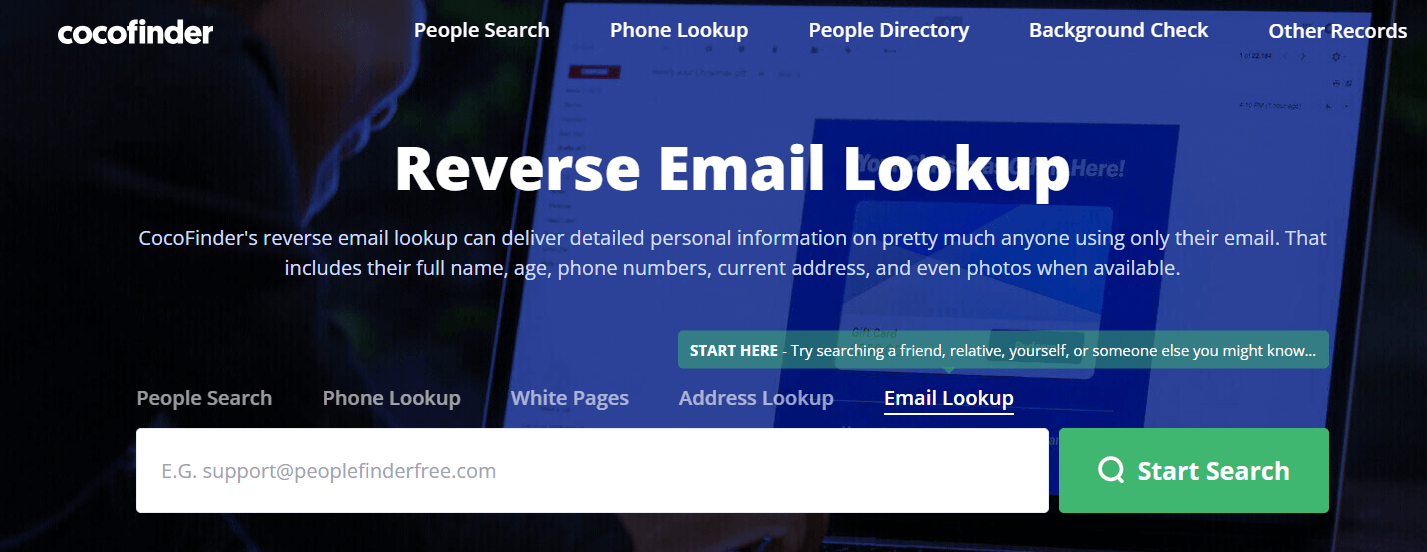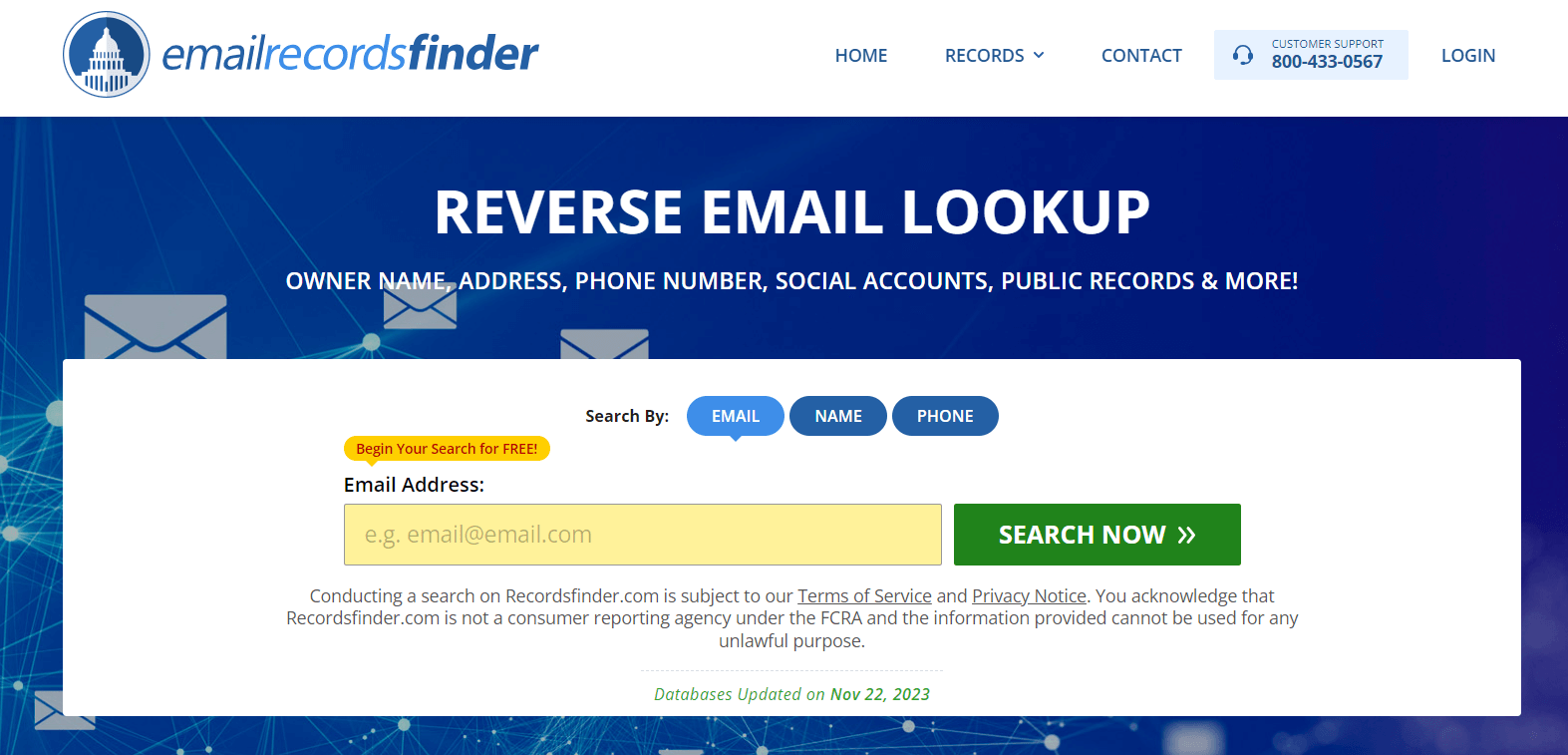Digital Lead Investing: Definition, Myths, Steps, and Strategies
When it comes to traditional marketing businesses usually go for TV ads, flyers, and billboards to attract leads. Instead of those offline channels when businesses prefer digital channels like social media marketing and ads for their marketing to generate leads. We call it as ‘Digital Lead Investing’.
Leads generated from the digital channels can be termed as ‘digital leads’. In today’s digital age, every business that sells products or services online needs to invest in digital advertising.
In this blog post, we will discuss digital lead investing and digital lead generation strategies in more detail.
What is Digital Lead Investing?
Digital Lead Investing is nothing but doing digital marketing to attract leads for your business. Unlike traditional marketing channels, digital marketing attracts leads based on their online behavior and interests and offers a more targeted and faster way to convert potential customers efficiently.
Every marketing strategy that anyone uses to invest in leads for any business falls into these categories: inbound marketing and outbound marketing.
1) Inbound marketing:- It’s where businesses bring audience organically through their assets, like content on their website or posts on social media to convert followers into customers
2) Outbound marketing:- It’s where businesses often push their products to their audience through cold emails or paid ads to convert them into customers.
Every digital marketing strategy, whether organic or not, includes a sales funnel for leads.
Digital lead investing is a strategy that small to medium-sized businesses find effective. The strategies can be automated and are very data-driven. However they are more cost-effective and scalable than other traditional lead generation channels.
5 Steps To Know Before Building a Successful Digital Lead Investing System
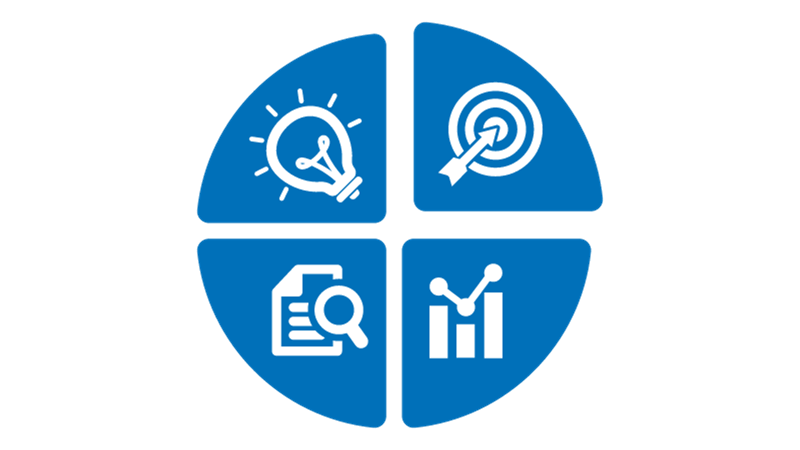
No matter what you call it a digital lead investing system or strategy. Having one system in place is important (To keep generating leads for your business)
Defining your specific goals for the business is the first step: A business without any goals is a drive without any destination. Each business has unique goals but fundamentals remain the same when defining your goals. Is it more direct sales, qualified leads, or brand awareness?
Not just defining them but being specific helps you. Something like generating 100 sales in this quarter or increasing your newsletter reach by adding 10k+ subscribers. According to your goals, your lead generation efforts should will be planned.
The more specific the goals, the more detailed your strategy will guide you toward success and help you measure success.
Before you invest in digital lead generation, you need to set clear, measurable objectives. It helps you answer this question, ‘What do you want to achieve with your digital lead investing?’
To build a successful digital lead investing system follow these five steps:
1) Know your audience
Remember, marketing to everyone means marketing to no one.
Understanding who your potential customers are is vital. Research their demographics, interests, and online behaviors. Niche down your target audience as narrow as you can.
This knowledge will direct your content creation process, helps you personalize your marketing campaigns, and ensure you’re targeting the right people.
2) Determine your budget to invest
Budget in the marketing is that one piece of the puzzle that dictates the whole puzzle. As a business, your goals should be to invest as little amount as possible in digital marketing and generate the maximum possible outcome for your business.
A well-sorted-out budget ensures businesses to think and strategize where to allocate their funds wisely across different channels. Remember, more budget doesn’t always mean better results. Efficiency, return on investment (ROI), and other essential KPIs should be your guiding metrics.
3) Find the proper channels for digital lead generation
To build a successful digital lead investing strategy choosing proper channels is the key here.
Not all channels are equal for every business. This is where those initial first two steps on defining goals and knowing your audience helps you decide which digital channels to target.
Anyhow, first you need to identify where your audience spends their time online and if it helps check out your competitors and understand how they generating leads for their business.
Is it on social media, search engine, or industry-specific forums? Choose channels that align with your goals and audience preferences.
Once you have selected your channels, create a strategy to produce consistent content and leverage those channels to meet your business goals.
4) Scale your strategies to build a brand
In 2024, all businesses, even the smallest of the small startups, seem to have access to same kind of tools and marketing channels that a big brand has. Also, due to the abundance of similar companies and products in the market, it will be harder for you to be different from the rest.
Hence, creating a brand helps you stand out, build trust, and stamp your authority in front of your audience.
Although, the best way to build a brand is to scale your digital lead investing channels that have worked for you in the business and take those marketing campaigns to the next level by investing more money, or honing in with more exciting content, or experimenting with creative strategies.
5 Best Digital Lead Investing Strategies for 2024

We assume you would know most of these strategies if you’re not living under a rock. However, learning about them in detail won’t hurt.
These 5 Best Digital Lead Investing Strategies are designed to maximize your online presence and convert your audience into loyal customers. Here’s how they work:-
1) Search Engine Optimization (SEO)
SEO is about helping websites get traffic by ranking their pages on Google. If you’re good at SEO, you can generate traffic from organic search results on Google, which can generate more leads for your business.
However, that being said, SEO isn’t a short-term strategy where you expect to see leads coming in for your business with just a couple of weeks of work. There are many moving parts to SEO, and the approach is gonna be different for each business, depending on their goals.
But you should know that the fundamentals of SEO will remain the same. If you have a website and are looking to leverage SEO in your digital lead investing strategy, then you need to focus on these things:-
1. Find Keywords:- Keywords are the searches your customer types on Google. As a business, you need to understand what your potential customers type in the search engine, you can take the help of tools like Ahrefs to develop keyword ideas for your content to rank on Google.
2. Content:- Once you have the keywords and topics to write. Writing and publishing articles on your blog is necessary to get your pages to rank for those particular search terms and reach your audience.
3. Building Backlinks:- Whenever a website links back to your website or an article, consider it has a backlink. These backlinks can be earned through email outreach (or) organically. As you publish more content, you need to invest more efforts into building backlinks, because backlinks can send a signal to search engines that others vouch for your content.
2) Sending Cold Email To Your Prospects
Sending cold emails for your business is a more in-organic approach and falls under an outbound marketing strategy.
There’s a good chance that when you send cold emails to your audience, they might have not heard about you or your business. Hence, that’s the reason why we refer to it as ‘Cold Emails’
The major challenge for businesses with cold emails is convincing people (or) other businesses to buy their products.
Unlike SEO, cold emails can help you calculate it’s ROI within weeks of launching the campaigns. Hence, it’s a short-term strategy to book calls with leads and convert them into clients.
How to run cold email campaigns for your business:-
- Figure your ICP first:- The ideal Customer Profile (ICP) is a persona that businesses use to describe a set of target audiences who are more likely to be your clients
- Gather emails:- Scrape email data from relevant sources. Use some paid tools to gather email addresses of your prospects
- Write cold emails and launch campaigns:- Once you have your target emails, input those emails into a cold email sender tool, then write a well-crafted personalized message to your potential leads
- Monitor your inbox and book calls:- Once you send a personalized message with a compelling offer related to your products, you will receive positive replies, and its you’re job to book them into calls and close the deals.
Using cold emails is probably the best channel for B2B or software businesses looking to land high-ticket clients (or) recurring clients for their business. If your business isn’t a B2B service, then prefer other strategies from this blog post
3) Content Marketing
Creating valuable content to attract and engage with your audience through digital channels is a widely used digital lead-generating strategy. The content can include blog posts, videos, infographics, and more. The goal is to establish authority and trust through content, which can lead to increased brand loyalty and customer conversions.
There are numerous ways where you can leverage content marketing for business. Here are some of those:-
- Collaborating with YouTube influencers for videos
- Appearing as a guest on someone else podcast
- Co-hosting a webinar related to your business and products
- Writing and publishing blogs on authoritative websites
- Using social media influencers for your giveaways
Almost everything you do online with content intended to grow your audience and build more trust for your business can be considered as content marketing. Hence, this is one such strategy you can’t avoid when generating leads for your business.
4) Social Media Marketing
Platforms like Facebook, Instagram, LinkedIn, and Twitter are a digital home to billions of individuals online. Not leveraging social media is definitely a missed opportunity if you’re in 2024.
When it comes to social media marketing, there’s no one-size-fits-all approach. You must select your platforms accordingly to your business type and understand where your customers hang out.
For example, if you’re an eCommerce store who sells premium sneakers online. Then, we don’t think that being on LinkedIn and posting content on LinkedIn can generate more digital leads when compared to being on other platforms like Instagram and Facebook.
Let it be any platform, you can generate leads on social media in two ways:-
1) Organic: Publishing content to attract leads on the platform and engaging with your followers to build your brand
2) In-organic:- Running social media ads on Meta, where your ads are tailored to capture the attention of potential leads and drive them to take action, such as following your profile or making a purchase
As of today, there are multiple social media platforms available for businesses to take advantage of, it would surely be a missed opportunity if your business isn’t doing social media marketing for digital lead generation.
4) PPC ads (Pay Per Click)
Ads you see on your search results on Google are referred as PPC (pay-per-click) ads. These ads can be highly targeted to your ideal customers as they appear when people are searching for something very relevant to a product or business on Google.
Hence, compared to ads on Facebook and Instagram, PPC campaigns tend to cost more money for leads and purchases.
To start leveraging PPC ads as your digital lead investing strategy. You can follow these steps:-
- Build a website and design a well-designed landing page
- Optimize the landing page with good offers, good copy, and proper CTA (Call To Action) buttons
- Create an ad account on Google Ads
- Choose your keywords to target and set your budget
- Design your Ad creatives (Images and Videos)
- Write a compelling ad copy
- Run those ads and test your campaigns
PPC (pay-per-click) ads are a great lead generation tool for businesses. This is best for those can’t wait for organic strategies to chip in and are more interested in tracking their ROI.
Digital Lead Investing: The Myths vs Reality
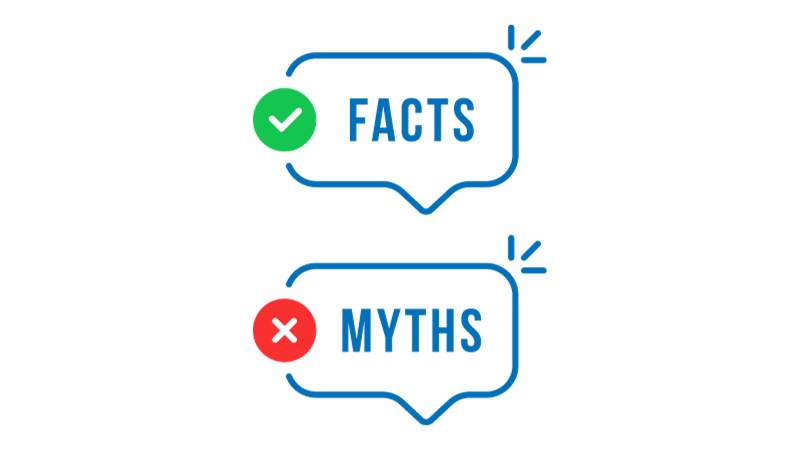
Till now, we feel you have understood a lot of things about digital lead investing through and through. However, we think there are still some questions in your mind that might be unanswered.
Hence, this is the section where we try to bust down some myths related to digital lead investing and share which one is a myth and which one is a reality
Considering the various aspects of digital lead investing, here’s a breakdown of the reality versus myths:-
Digital leads can be cheaper: Reality
Digital leads can indeed be more cost-effective compared to traditional methods. When compared to traditional marketing and advertising methods like billboard ads, print ads, and TV ads. The cost to invest in those channels might eat up a good chunk of the budget for a small business.
Through digital channels, you can capture leads for pennies (depending on the industry), potentially leading to lower costs per acquisition
Omnichannel presence: Reality
Even though in this article, we emphasized focusing on only a few channels for growth but once you build an audience on a couple of platforms. It is recommended to share your content across multiple platforms consistently.
An omnichannel presence across multiple digital channels is beneficial and often necessary for a robust digital lead strategy. It allows you to reach more potential customers wherever they may be online.
Targeting Control: Reality
Digital platforms offer specific and narrow targeting options that allow you to reach specific audiences based on demographics, interests, behaviors, and more, giving you control over who sees your ads.
Compared to print media and TV ads, where targeting is not in your control. However your business is reaching a broader audience rather than those specific set of audiences.
Automation with AI: Reality
Many aspects of digital lead generation can be automated with AI and machine learning, from bidding on ads to personalizing content for social media and responding to customer queries on emails.
From planning to executing, everything can be automated, and with the help of AI tools in the market, businesses can save dozens of hours of work. Which means they can work more efficiently in less time.
Immediate ROI: Myth
While digital lead investing can be efficient, expecting immediate ROI is unrealistic.
If you can wait for a couple of weeks to see results, then ads and cold emails are great. But other marketing channels like SEO, Content Marketing, and Social Media take time.
Like any investment, it takes time to see significant returns as marketing strategies will be tested, optimized, and scaled consistently.
Tracking your campaigns: Reality
As there are tools to automate the processes, there are tools to analyze those processes as well.
Digital marketing realm offers unparalleled tracking capabilities, allowing you to measure everything from lead generation to real-time conversion rates. Hence, you can make quick changes in your campaigns and strategies to maximize your business gains.
Need More Traffic: Myth and Reality
More traffic can be beneficial, but it’s about the quality of traffic rather than quantity. Targeted traffic that is more likely to convert is far more valuable than large number of unqualified traffic.
However, more traffic is the answer if your goal is to build brand awareness and later generate leads. If not, then less targeted traffic is excellent for generating digital leads. Also sometimes, the problem with targeted traffic is that you can’t scale it big.
Wrap Up
In conclusion, digital lead investing represents a modern approach to marketing, one that harnesses the power of digital channels to attract, engage, and convert leads. It offers many advantages over traditional marketing channels.
Generating leads is just one step of the process to grow your business. Qualifying those leads is another step in that process, and if you’re running marketing campaigns without qualifying your leads, you might be throwing money in the water.
This is where tools like LeadBoxer can help you identify your leads by tracking their behaviour with your content and their engagement with your marketing campaigns. Thus assisting businesses to understand which leads to nurture and which leads to not nurture.
Nurturing the right leads means more sales opportunities and more customer purchases.
Digital Lead Investing: Definition, Myths, Steps, and Strategies Read More »

